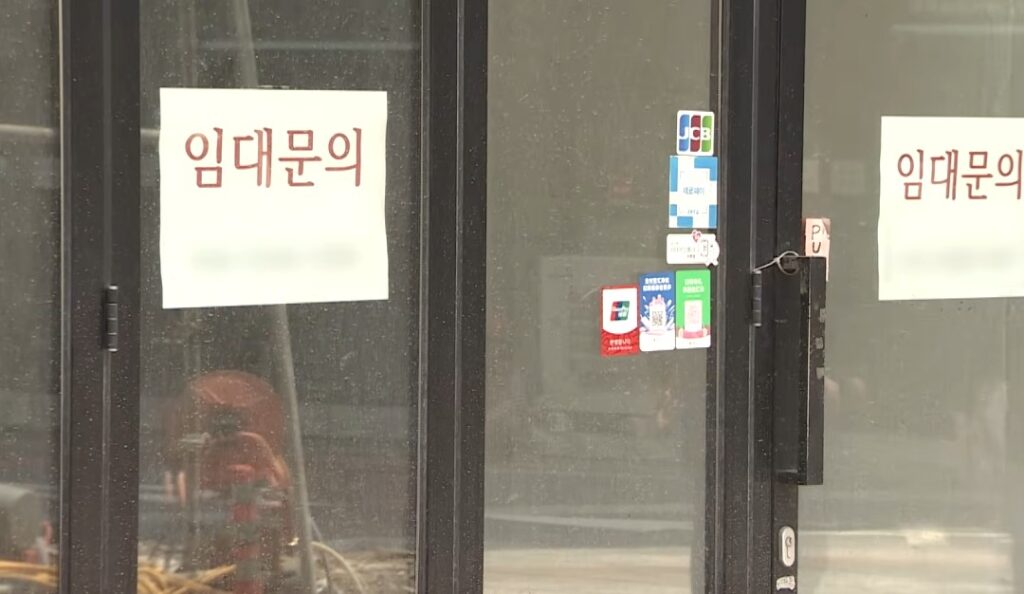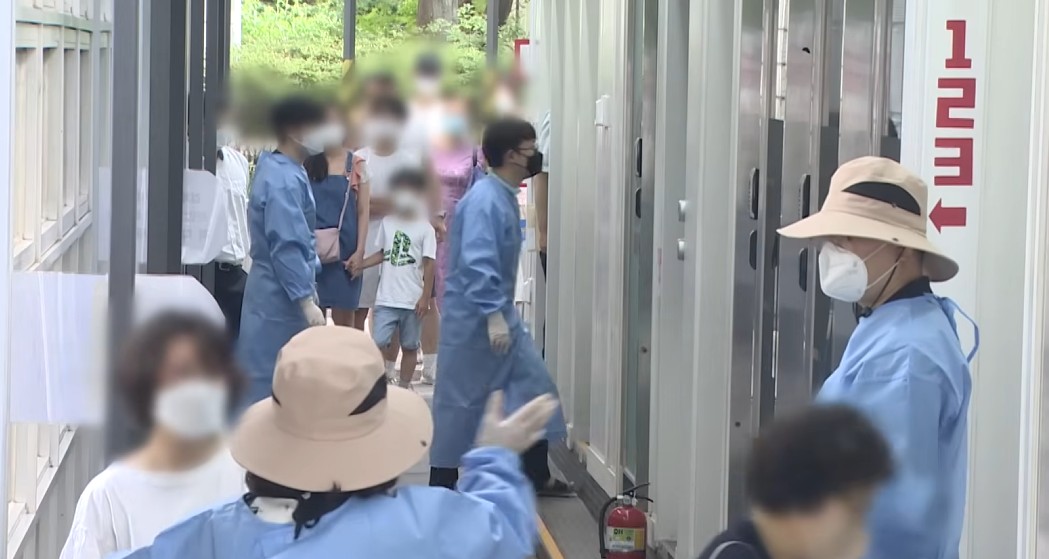Why Are South Korea Shops Closing?
Even global media outlets are asking the same question: Why are so many shops in South Korea shutting their doors at record rates? According to new data from the National Tax Service, more than one million South Korean businesses closed in 2024, marking the highest number ever recorded — an increase of nearly 22,000 closures compared to the previous year.
Digging into the numbers, nearly half of these shuttered businesses were in the retail and restaurant sectors. Of 52 industries analyzed, retail accounted for 29% of total closures, followed by restaurants at just over 15%, and real estate at about 11%.
So what’s driving this historic wave of business shutdowns? Many point to the lingering effects of the COVID-19 pandemic, which left behind an accumulated economic slump. On top of that, high interest rates have added even more pressure, especially for small businesses already struggling with debt. Falling sales triggered most of these closures, with average operating profit margins plunging from 11.5% in 2001 to just 1.7% by 2023.
READ MORE: President Lee Targets Ramen Price Surge
READ MORE: South Korean Youth Struggle in Shrinking Job Market

On the consumer side, tighter wallets are adding to the crisis. Many South Koreans are cutting back on spending at shops and restaurants due to rising prices and their own financial stress. As a result, commercial spaces that once bustled with businesses are now standing empty. According to the Korea Real Estate Board, the commercial vacancy rate for small retail spaces jumped 7.3% in just the first quarter of 2024 — a clear sign of the challenges ahead.
Industry experts warn that unless consumer confidence rebounds and interest rates ease, this wave of closures may continue to grow. Small shop owners and restaurant operators in South Korea are calling for stronger government support, tax relief, and innovative policies to help local businesses survive and adapt. Many entrepreneurs are also looking for ways to pivot — from expanding online sales to experimenting with new business models that require lower overhead.
Despite the tough reality, there’s still hope that South Korea’s dynamic retail and food scene can recover. Revitalizing local neighborhoods, encouraging small business innovation, and boosting domestic spending will be key steps in turning empty storefronts back into thriving hubs of community life. As the country tackles these challenges, all eyes are on how South Korea’s beloved mom-and-pop shops and bustling eateries will find ways to bounce back. For more Korean news, check out the link below.
Alternatively, check out no updates here:














Leave a Reply